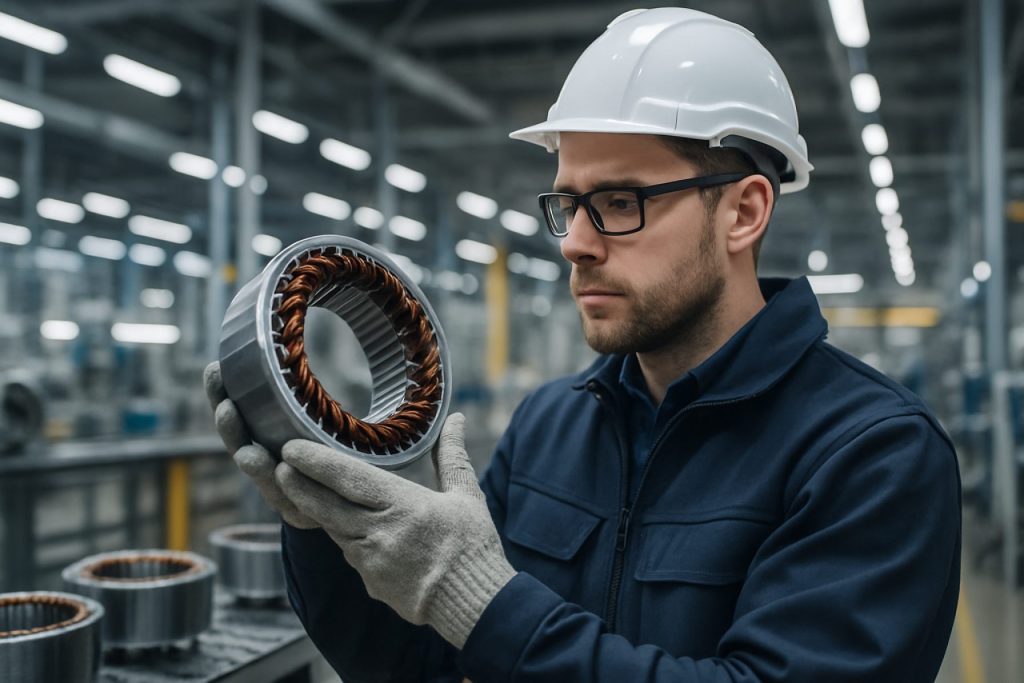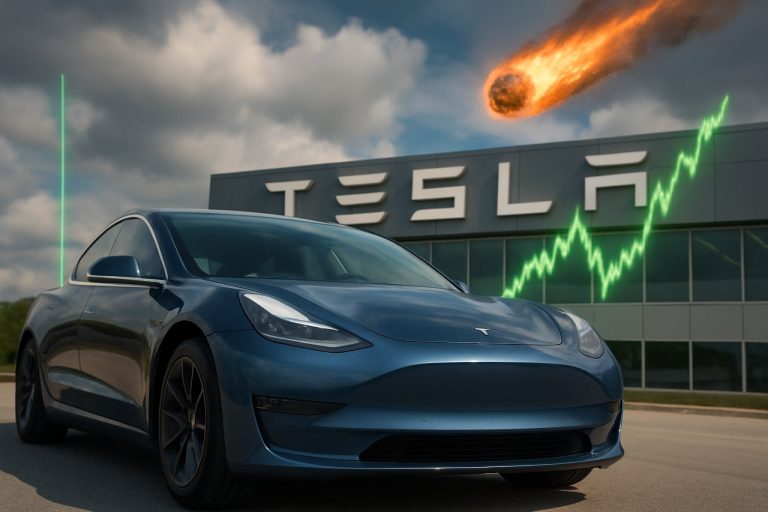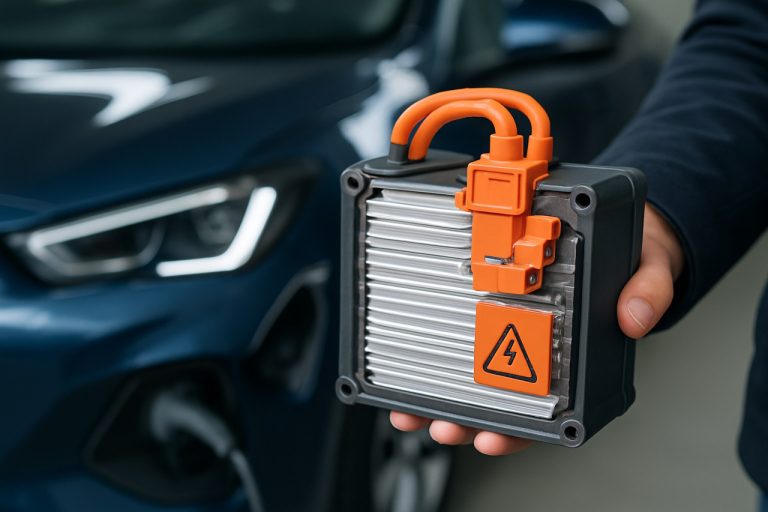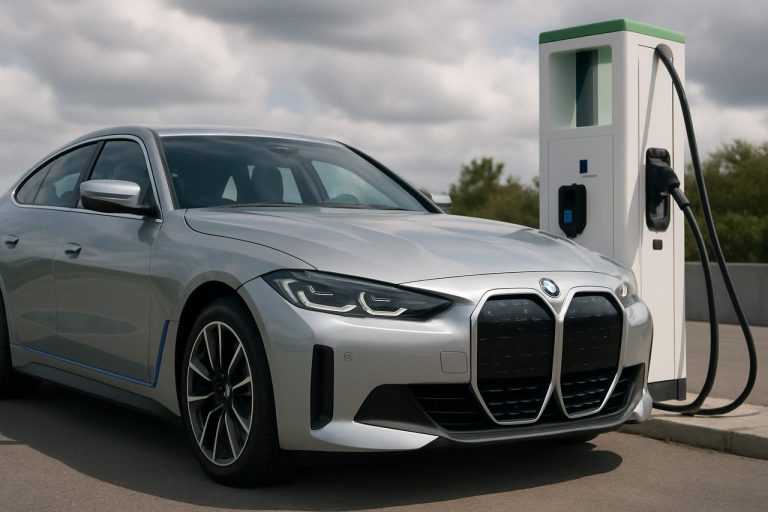
- The electric vehicle motor core market is rapidly expanding, with market value expected to grow from $717 million in 2024 to $1.65 billion by 2031, at a 12.9% CAGR.
- Diverse motor core manufacturing methods (welded, interlocking, buckle stack, bonding) impact EV efficiency, battery range, and adoption rates.
- Asia-Pacific—particularly China, Japan, and South Korea—dominates production and consumption, while North America and Europe focus on advanced product development.
- Leading industry players include Fine-Stamping, Mitsui High-tec, POSCO, and innovative Chinese companies like Longsheng Technology and YONGRONG Power.
- Growth is fueled by global EV adoption, aggressive research and development, and increased collaboration between automakers and suppliers to boost performance and sustainability.
- EV motor core decisions today will shape the future of greener automotive technology and global supply chains.
Electric vehicles no longer murmur quietly on the fringes of global highways—they roar toward center stage, propelled by surging demand and unrelenting technological rivalry. Beneath every electric car’s sleek chassis, the motor core hums as its silent heart, a complex component that dictates efficiency, range, and, ultimately, the future of greener mobility.
From the trading floors of Tokyo to the factory towns of Germany and the research labs of Silicon Valley, companies wage a fierce contest for dominance in the global motor core market. The numbers alone tell a riveting story: Market value stood at $717 million in 2024 and is projected to more than double—reaching a staggering $1.65 billion by 2031. The annual growth rate hovers at an electrifying 12.9%, outpacing many sectors and signifying a new industrial revolution in motion.
The Anatomy of an EV Motor Core
This isn’t just a race of horsepower; it’s a war of engineering finesse. The market divides along fault lines defined by manufacturing method: Welded, interlocking, buckle stack, and bonding motor cores each offer varying durability and efficiency. These components may sound arcane, but they hold the key to breakthroughs in battery range and charging speed—frontiers that shape consumer adoption.
Contenders in the Arena
A handful of titans vie for supremacy. Names like Fine-Stamping, Mitsui High-tec, POSCO, and JFE jostle with agile upstarts such as Zhejiang Shiri Electromechanical Technology and Foshan Precision Power Technology. Their factories churn out meticulously stamped and welded laminations, feeding an ecosystem as intricate as any in modern manufacturing.
In China, the world’s biggest electric vehicle market and production base, the competition sharpens further. Firms such as Longsheng Technology and YONGRONG Power are pushing the envelope in both performance and affordability, spurring global players to up their game.
Geography Is Destiny
Regional analysis maps the future. Asia-Pacific, led by China, Japan, and South Korea, dominates both production and consumption. North America and Europe, meanwhile, emerge as hotbeds for high-tech product development, especially for luxury and performance vehicles. As climate policies evolve rapidly, demand trends in Germany and California ripple across global supply chains.
Supply Chains and the New Industrial Order
Motor core manufacturing doesn’t operate in a vacuum—it relies on a sophisticated industrial chain, from silicon steel producers upstream to assembly line integrators downstream. This intricate web, stretching from Brazilian mines to Japanese quality-control labs, must adapt to swings in materials cost and regulatory pressure.
Key Drivers of Growth
Three forces put this sector in overdrive:
- Soaring global EV adoption, spurred by government incentives and shifting consumer attitudes.
- Breakneck R&D efforts, as companies race to slash losses from electromagnetic vibration and enhance eco-friendly manufacturing.
- Rising collaboration between automakers and component suppliers, yielding efficient, lighter, and increasingly recyclable motor core designs.
The Big Picture
This surging market offers more than profits; it foreshadows a reordering of the lion’s share of automotive value. Decisions made today—on materials, regional alliances, and technological bets—will ripple across the automotive landscape for decades.
As electric vehicles tip from novelty to norm, leadership in the motor core market becomes a microcosm of the broader, billion-dollar clean energy race. For investors, automakers, and tech visionaries alike, the message rings clear: The winners here won’t just power cars—they’ll help shape the future of transportation itself.
For further insight into the global business and technology landscape, visit YH Research.
Electric Vehicle Motor Cores: The Hidden Tech Revolution That Could Decide the Green Race
Deep Dive: What the EV Motor Core Market Means for the Future of Transportation
What Is an EV Motor Core – And Why Does It Matter?
The electric vehicle (EV) motor core is the centerpiece of an EV’s propulsion system. It is constructed from meticulously layered silicon steel laminations, which reduce energy losses and improve efficiency during operation. The motor core’s design and manufacturing quality directly impact an electric car’s range, acceleration, noise, durability, and overall driver experience.
Core Types and Differences
– Welded Motor Cores: Fused laminations deliver high strength but may trap heat, impacting efficiency over long drives.
– Interlocking/Buckle Stack: These provide better cooling; their modular assembly makes repairs or upgrades easier.
– Bonded Cores: Use high-performance adhesives to reduce vibration and electromagnetic noise—a critical factor in luxury EVs.
New Industry Trends in Motor Core Evolution
1. Materials Innovation
– Manufacturers now increasingly turn to advanced grades of silicon steel and explore amorphous metals, which further cut energy losses up to 30% compared to conventional steels ([World Steel Association](https://worldsteel.org)).
– The magnetic properties of these novel materials enable thinner, lighter cores—directly boosting vehicle range.
2. Automation and AI-Driven Manufacturing
– Automated stamping and quality control (integrating computer vision and machine learning) enable ultra-precise core stacking, minimizing defects and waste.
– Robotics reduce labor costs and speed up production, vital for meeting rising demand in Asia and beyond.
3. Recyclability and Circular Economy
– Some manufacturers are developing “easy-disassembly” cores for end-of-life recycling.
– This aligns with circular economy principles and stricter EU regulations on vehicle lifecycle management.
Pressing Reader Questions (FAQ)
Q1: Are some EV brands “better” because of their motor core tech?
Yes. Tesla, Lucid Motors, and BYD are lauded for superior core design, leading to higher efficiency, quieter rides, and impressive acceleration.
Q2: What does the price range look like for the latest motor cores?
Motor core pricing (alone) can range from $75–$500 depending on power, size, and precision (source: POSCO). Scaling up, this can significantly impact total vehicle cost.
Q3: What’s the real-world impact of a high-efficiency core?
A 5–10% gain in motor efficiency from an advanced core directly translates to an extra 20–40 miles of EV driving range on a standard battery.
Q4: Are there limitations or controversies?
– Material price volatility (nickel, rare earths) and supply chain risk remain key bottlenecks.
– Some eco-claims are disputed: Even “green” cores often depend on energy-intensive steel production unless renewable power is used.
Industry Forecasts & Competitive Landscape
– Rapid Market Growth: The EV motor core sector’s projected CAGR of nearly 13% far surpasses traditional auto parts, reflecting a long-term shift in value creation (source: IEA Global EV Outlook).
– Consolidation vs. Innovation: Large legacy players are buying start-ups to accelerate R&D, but some newer firms lead in areas like modular assembly or rare-earth-free designs.
– Regional Front Runners: China, Japan, and Korea set the pace in mass production; Germany, Sweden, and the US innovate with high-performance and luxury vehicle cores.
Pros & Cons at a Glance
| Pros | Cons |
|——————————————|—————————————-|
| Higher efficiency = greater EV range | Expensive materials (silicon steel) |
| Can reduce overall vehicle weight | Complex manufacturing requirements |
| Opportunities for recycling & green tech | Sensitive to supply chain disruptions |
| Lower noise and vibration (premium feel) | Requires continual R&D investment |
Security, Sustainability, and Compatibility Matters
– Security: Several companies are introducing serialization and RFID tech to prevent counterfeiting and ensure traceability—a growing concern for automakers.
– Sustainability: Firms like JFE and POSCO invest in low-carbon steelworks, aiming for zero-emission supply chains.
– Compatibility: New motor cores are increasingly modular, allowing OEMs to offer updates or swap cores during vehicle servicing.
How-To: Maximize Your EV’s Motor Efficiency
For EV Owners:
1. Maintain regular software updates (controls often optimize motor use).
2. Opt for “eco-mode” driving—reduces output but increases range.
3. Service according to schedule: Early wear or noise could signal core or bearing issues.
For Industry Professionals:
– Specify advanced steels like high-silicon or amorphous varieties where feasible.
– Adopt AI-powered quality control for fewer manufacturing defects.
– Prioritize supplier audits to ensure ethical sourcing of rare materials.
Life Hacks and Real-World Use Cases
– Fleet operators can use telematics to monitor motor health, catching efficiency drifts and preventing costly core replacement.
– Rural/remote EV drivers: Investing in a vehicle with a high-end motor core can add crucial miles between distant charging points.
Actionable Recommendations
– Consumers: When buying, ask about core technology—not just the battery. It may reveal which EVs will last longer and offer better range.
– Investors: Track market entrants in China and Southeast Asia, as they historically drive both innovation and cost efficiencies.
– Automakers: Form alliances with material science labs sooner rather than later—the next-gen motor core could define your competitive edge.
Clickbait Quick Tips Wrap-Up
– Upgrade to vehicles sporting the latest “bonded” core for a near-silent, vibration-free ride.
– Follow developments on low-cobalt or rare-earth-free motors; early adopters may enjoy price and supply stability.
– Don’t ignore manufacturer warranty terms—they often signal core life expectancy!
—
For in-depth research and ongoing market analysis in automotive innovation, visit YH Research.
Keywords: EV motor core, electric vehicle efficiency, motor core types, automotive supply chain, green mobility, automotive industry trends, EV materials innovation



